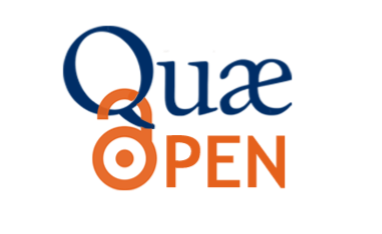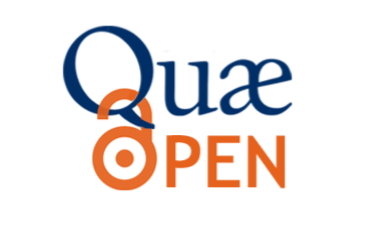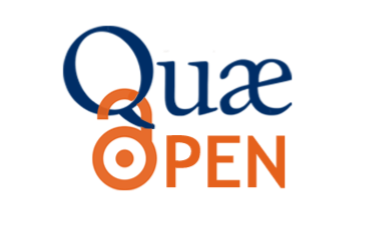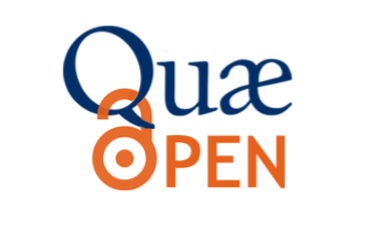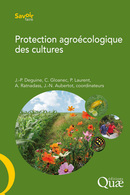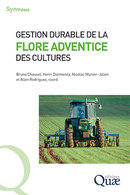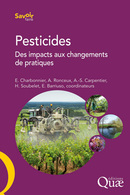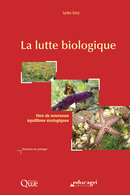Can organic agriculture cope without copper for disease control?
Synthesis of the Collective Scientific Assessment Report
Publications dans la même collection
0,00 € (gratuit)
0,00 € (gratuit)
0,00 € (gratuit)
0,00 € (gratuit)
À partir de 0,00 € (gratuit)
Dans la même thématique
0,00 € (gratuit)
Caractéristiques
Langue(s) : Anglais
Éditeur : Éditions Quae
Édition : 1re édition
Collection : Matière à débattre et décider
Publication : 31 octobre 2023
EAN13 eBook [ePub] : 9782759231560
EAN13 eBook [PDF] : 9782759238392
DOI eBook [PDF] : 10.35690/978-2-7592-3839-2
Nombre de pages eBook [ePub] : 120
Nombre de pages eBook [PDF] : 120
Intérieur : Couleur
Référence eBook [ePub] : 02728EPB
Référence eBook [PDF] : 02728NUM
Taille(s) : 2,4 Mo (ePub), 2,72 Mo (PDF)

